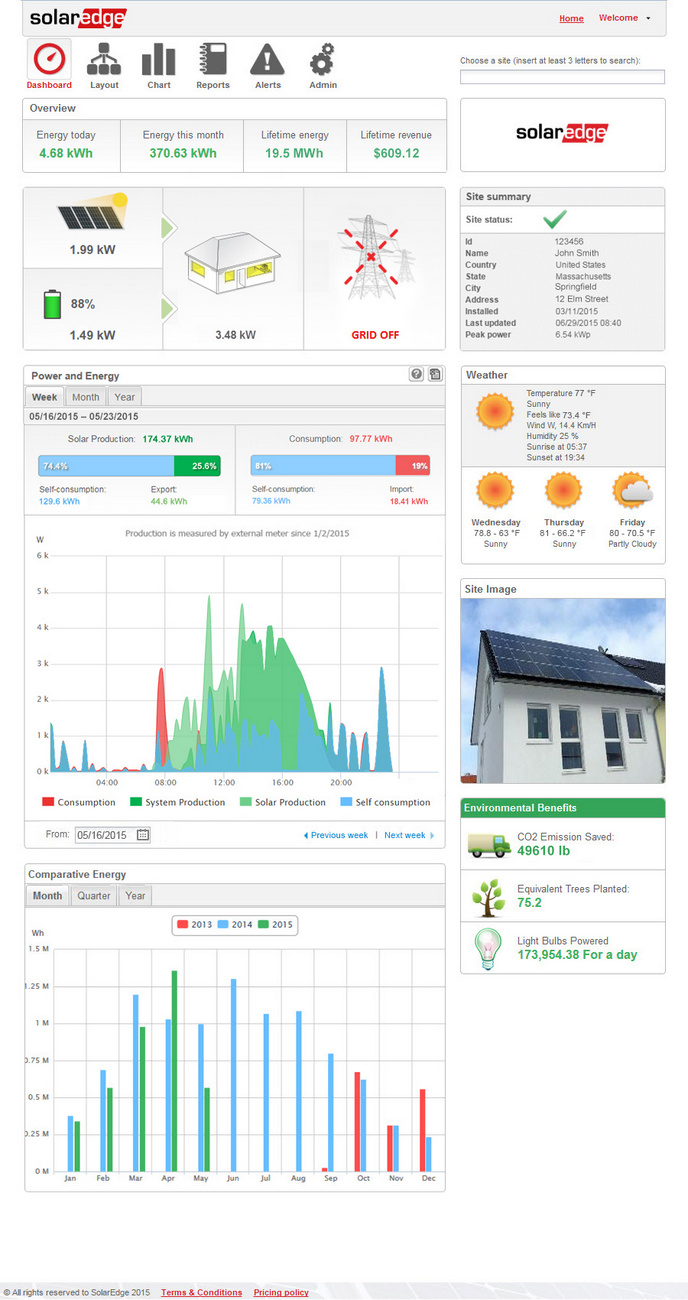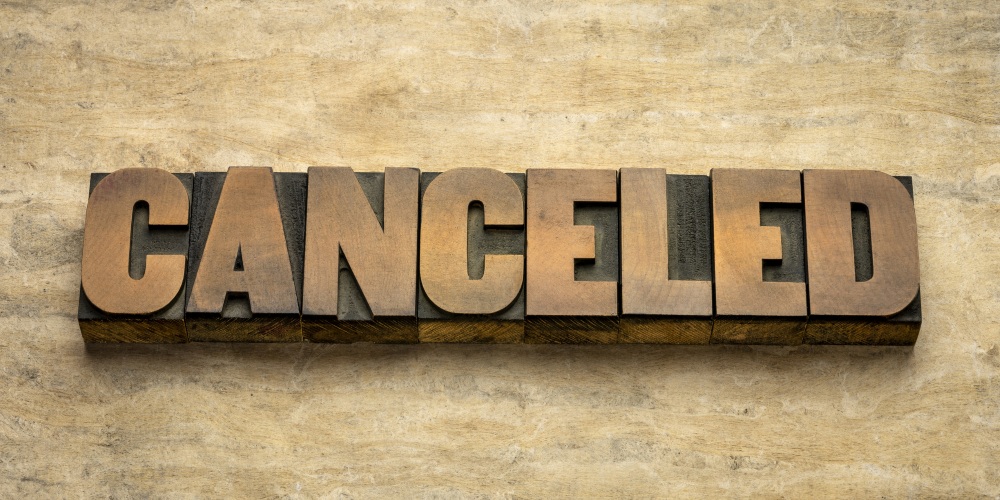Q&A with SolarEdge about new StorEdge storage system
SB: Is the StorEdge to be used only in conjunction with a battery, or does it include its own storage?
Handelsman: The StorEdge solution is designed to be used with a battery. If there is not a battery attached to the system, then the system operates as a SolarEdge DC optimized inverter. If the homeowner is looking to upgrade later with a battery, then the SolarEdge DC optimized inverter can be initially installed and then at a later date be upgraded to the StorEdge solution.
If the system owner is only looking for smart energy management, then the SolarEdge DC optimized inverter offers this solution embedded in its inverter firmware. A meter will also need to be installed in the system.
SB: Can you give a few examples of how and when the system adds value?
Handelsman: There are a number of usage scenarios in which adding storage provides value to a system.
As previously mentioned, when a market transitions from net metering and FIT to a self-consumption model, then it makes financial sense for homeowners to maximize the consumption of energy generated by their own PV systems. This is only possible if a homeowner can store unused PV power in a battery and utilize it when needed, thus allowing homeowners to continue to reduce their electricity bills and increase their energy independence.
Another scenario is Time of Use. In this scenario, the StorEdge system can be programmed to operate according to different charge/discharge profiles, also referred to as TOU arbitrage. This allows homeowners to increase energy consumption when electric demand from the grid is low (off-peak tariffs) and lower consumption when demand is high (peak tariffs). This is another way for homeowners to reduce electricity bills.
An additional scenario is for backup power. Power outages have become more frequent due to natural disasters and grid instability. For instance, after Hurricane Sandy, New York utilities restored power to 95 percent of customers 13 days after peak outage. Extended outages can lead to frozen water pipes, dark nights, spoiled food, no electric heat, no means to charge mobile communication devices, and more. During such scenarios, backup power can be supplied day or night by a combination of PV and battery.
However, it is important to note that it is not only homeowners who benefit from storage. If the utility is open to working with the PV industry, then there are multiple value streams that can be created from PV systems coupled with storage. For example, demand management, time of use shifting, and voltage regulation programs can create value for both homeowners and utilities. In addition, creating mini power stations, in which energy is produced, consumed, and stored in the same location, reduces pressure on and stabilizes the grid, while also minimizing energy transportation costs.
For more information, head to the SolarEdge website.





